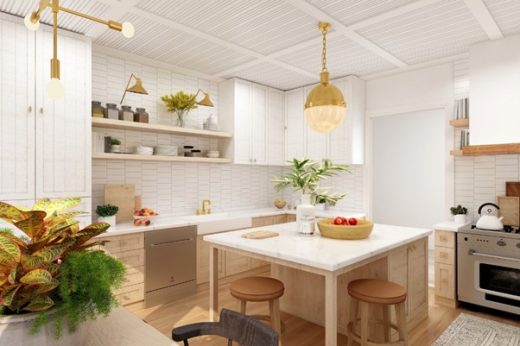1. Kitchen Design Facts and Figures
When it comes to designing a kitchen, there are countless decisions to be made - from the layout and color scheme to the appliances and materials used. But before delving into the creative process, it's important to understand the facts and figures behind kitchen design. This will not only give you a better understanding of the industry, but also help you make informed decisions for your own kitchen design.
2. The Evolution of Kitchen Design
Kitchens have come a long way since their humble beginnings as a simple, functional space for cooking and cleaning. The evolution of kitchen design can be traced back to the 18th century, when kitchens were often separate from the main living area and reserved for servants. Today, kitchens have become the heart of the home and are designed to be both functional and visually appealing.
3. Key Elements of Modern Kitchen Design
Modern kitchen design is all about clean lines, minimalism, and functionality. Key elements of this style include sleek and simple cabinetry, high-tech appliances, and an open layout that promotes flow and efficiency. Other popular features include large windows for natural light, and the use of neutral colors and materials for a timeless look.
4. The Impact of Technology on Kitchen Design
In recent years, technology has played a significant role in shaping kitchen design. From smart appliances and touchless faucets to voice-controlled lighting and automated storage systems, technology has made our kitchens more efficient, convenient, and high-tech. These advancements have not only improved our cooking and cleaning experience, but also added a futuristic touch to our homes.
5. Sustainable Kitchen Design Practices
With the increasing awareness of environmental issues, sustainable kitchen design has become a top priority for many homeowners. This includes using eco-friendly materials, energy-efficient appliances, and incorporating natural elements such as plants and natural light into the design. Not only does this help reduce our carbon footprint, but it also creates a healthier and more sustainable living space.
6. Common Mistakes in Kitchen Design
When designing a kitchen, it's important to avoid common mistakes that can lead to a less functional and visually appealing space. These mistakes include not considering the work triangle (the distance between the sink, stove, and refrigerator), poor lighting choices, and overcrowding the space with unnecessary appliances or decor. It's important to carefully plan and consider every aspect of the design to ensure a successful outcome.
7. The Psychology of Kitchen Design
Believe it or not, the design of your kitchen can have a significant impact on your mood and behavior. The psychology of kitchen design is a fascinating topic that explores how different colors, lighting, and layouts can affect our emotions and actions. For example, warm colors like red and orange can stimulate appetite, while cool colors such as blue and green can create a calming and relaxing atmosphere.
8. Kitchen Design Trends to Watch Out For
As with any industry, kitchen design is constantly evolving and changing. Staying up-to-date with the latest trends can help you create a modern and stylish kitchen. Some current trends include integrating technology, incorporating natural elements, and using bold colors or patterns for a statement look. However, it's important to keep in mind that trends come and go, and it's ultimately up to personal preference and functionality when designing your kitchen.
9. How to Maximize Space in Small Kitchen Designs
Not everyone has the luxury of a spacious kitchen, but that doesn't mean you can't have a functional and beautiful space. There are many ways to maximize space in small kitchen designs, such as using multi-functional furniture, incorporating vertical storage, and utilizing every inch of available space. With some creativity and strategic planning, even the tiniest kitchen can feel open and spacious.
10. The Importance of Lighting in Kitchen Design
Lighting is a crucial element in kitchen design that is often overlooked. It not only affects the overall ambiance of the space, but also plays a practical role in tasks such as cooking and cleaning. Proper lighting can make a small kitchen feel larger, highlight certain features, and create a warm and inviting atmosphere. When designing your kitchen, be sure to consider the different types of lighting and how they can enhance your space.
Maximizing Space in Small Kitchens
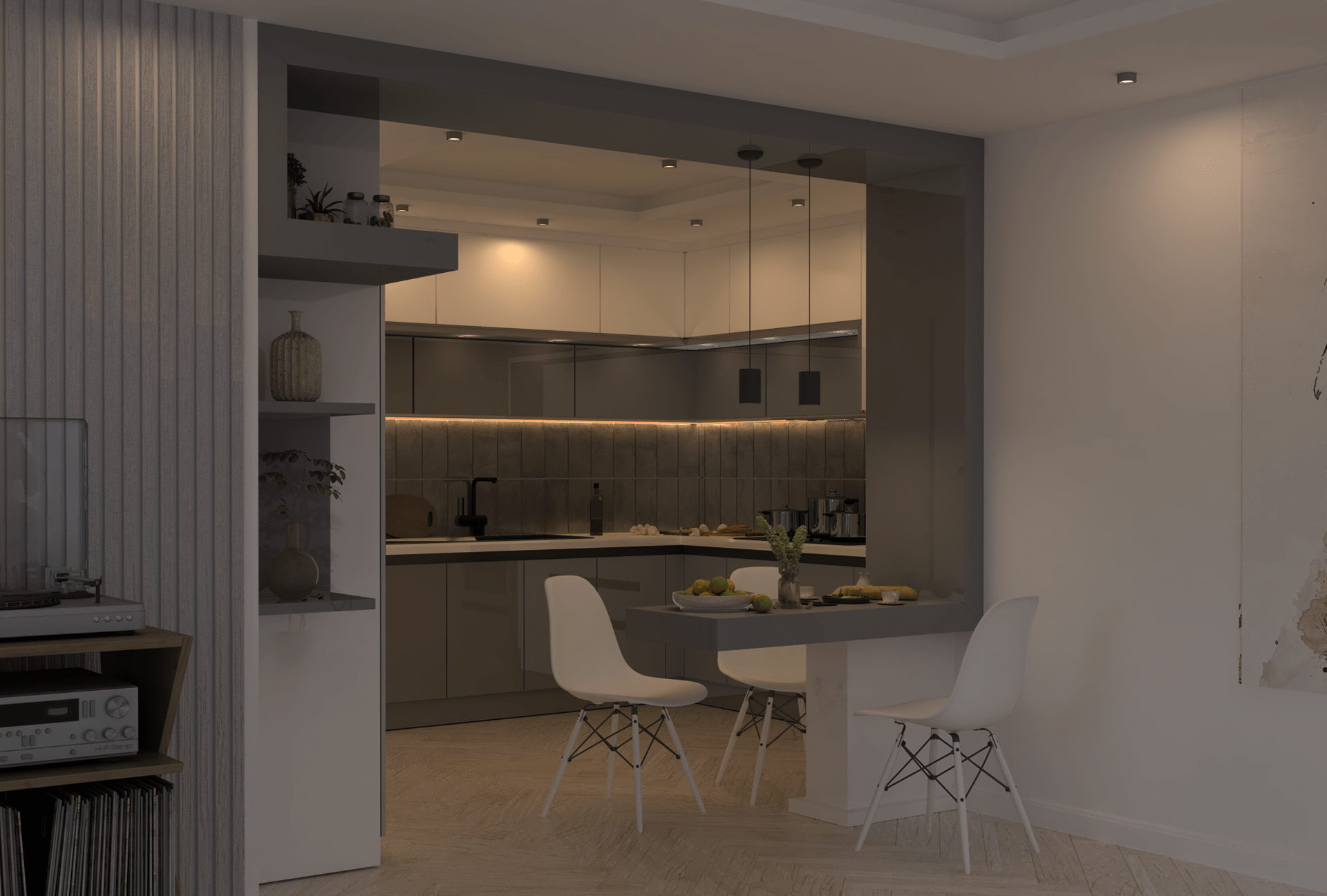
Designing a Functional and Stylish Kitchen
 When it comes to kitchen design, one of the biggest challenges is maximizing space in smaller kitchens. A well-designed kitchen should not only be aesthetically pleasing, but also functional and efficient. With limited space, it is important to make every inch count. Here are some tips on how to make the most out of a small kitchen space while still maintaining a stylish and modern design.
When it comes to kitchen design, one of the biggest challenges is maximizing space in smaller kitchens. A well-designed kitchen should not only be aesthetically pleasing, but also functional and efficient. With limited space, it is important to make every inch count. Here are some tips on how to make the most out of a small kitchen space while still maintaining a stylish and modern design.
Utilizing Vertical Space
/172788935-56a49f413df78cf772834e90.jpg) One of the best ways to maximize space in a small kitchen is to utilize vertical space. This means using the walls and cabinets to their full potential. Installing open shelves or hanging racks can provide extra storage space for frequently used items such as pots, pans, and utensils. Additionally, using wall-mounted cabinets can free up counter space and keep the kitchen clutter-free.
Related keyword: kitchen storage
One of the best ways to maximize space in a small kitchen is to utilize vertical space. This means using the walls and cabinets to their full potential. Installing open shelves or hanging racks can provide extra storage space for frequently used items such as pots, pans, and utensils. Additionally, using wall-mounted cabinets can free up counter space and keep the kitchen clutter-free.
Related keyword: kitchen storage
Opting for Multi-functional Furniture
 In a small kitchen, it is important to choose furniture that serves multiple purposes. For example, a kitchen island can not only provide extra counter space but can also be used as a dining table or a breakfast nook. A foldable table and chairs can also be a great space-saving option for smaller kitchens.
Related keyword: space-saving furniture
In a small kitchen, it is important to choose furniture that serves multiple purposes. For example, a kitchen island can not only provide extra counter space but can also be used as a dining table or a breakfast nook. A foldable table and chairs can also be a great space-saving option for smaller kitchens.
Related keyword: space-saving furniture
Lighting and Color Scheme
 When it comes to the design of a small kitchen, lighting and color scheme play a crucial role. Bright and natural lighting can make a space feel larger and more open. Using light colors for walls, cabinets, and countertops can also create a sense of spaciousness. Avoiding dark colors can prevent the kitchen from feeling cramped and claustrophobic.
Related keyword: kitchen lighting
When it comes to the design of a small kitchen, lighting and color scheme play a crucial role. Bright and natural lighting can make a space feel larger and more open. Using light colors for walls, cabinets, and countertops can also create a sense of spaciousness. Avoiding dark colors can prevent the kitchen from feeling cramped and claustrophobic.
Related keyword: kitchen lighting
Organizational Systems
 Keeping a small kitchen organized is key to maximizing space. Investing in organizational systems, such as drawer dividers and cabinet organizers, can help keep items in their designated places and prevent clutter. Additionally, regularly decluttering and getting rid of unnecessary items can also help maintain a tidy and functional kitchen space.
Related keyword: kitchen organization
Keeping a small kitchen organized is key to maximizing space. Investing in organizational systems, such as drawer dividers and cabinet organizers, can help keep items in their designated places and prevent clutter. Additionally, regularly decluttering and getting rid of unnecessary items can also help maintain a tidy and functional kitchen space.
Related keyword: kitchen organization
Incorporating Mirrors
 Mirrors are not just for bathrooms and dressing rooms, they can also be a great addition to a small kitchen. Mirrors can create an illusion of depth and make a space feel larger than it actually is. Placing a mirror on a wall opposite a window can also reflect natural light and brighten up the kitchen.
Related keyword: kitchen mirrors
Mirrors are not just for bathrooms and dressing rooms, they can also be a great addition to a small kitchen. Mirrors can create an illusion of depth and make a space feel larger than it actually is. Placing a mirror on a wall opposite a window can also reflect natural light and brighten up the kitchen.
Related keyword: kitchen mirrors
In conclusion, designing a small kitchen can be challenging but with the right techniques and strategies, it is possible to create a functional and stylish space. By utilizing vertical space, opting for multi-functional furniture, choosing the right lighting and color scheme, implementing organizational systems, and incorporating mirrors, a small kitchen can feel spacious and efficient.




:max_bytes(150000):strip_icc()/helfordln-35-58e07f2960b8494cbbe1d63b9e513f59.jpeg)
















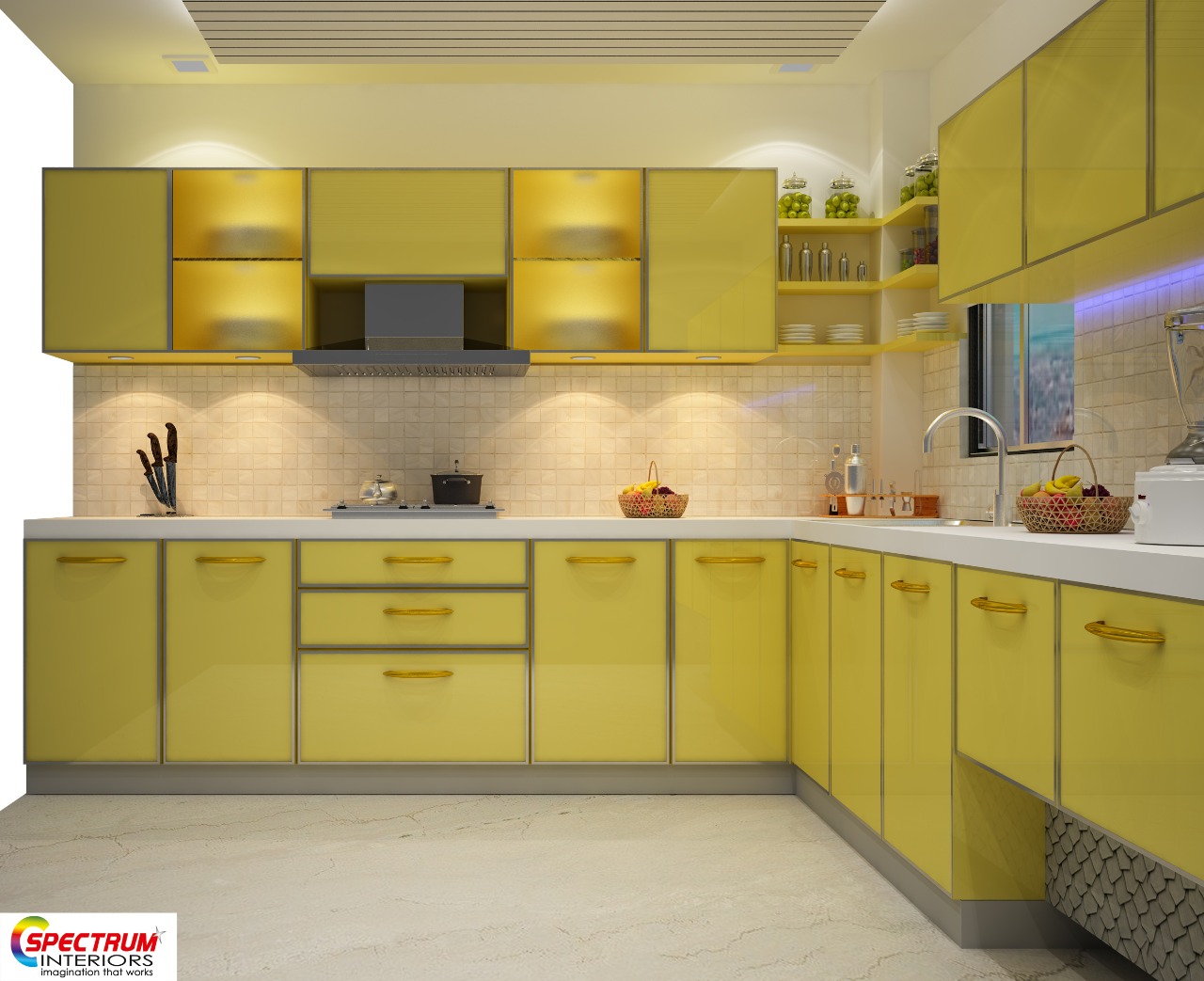





















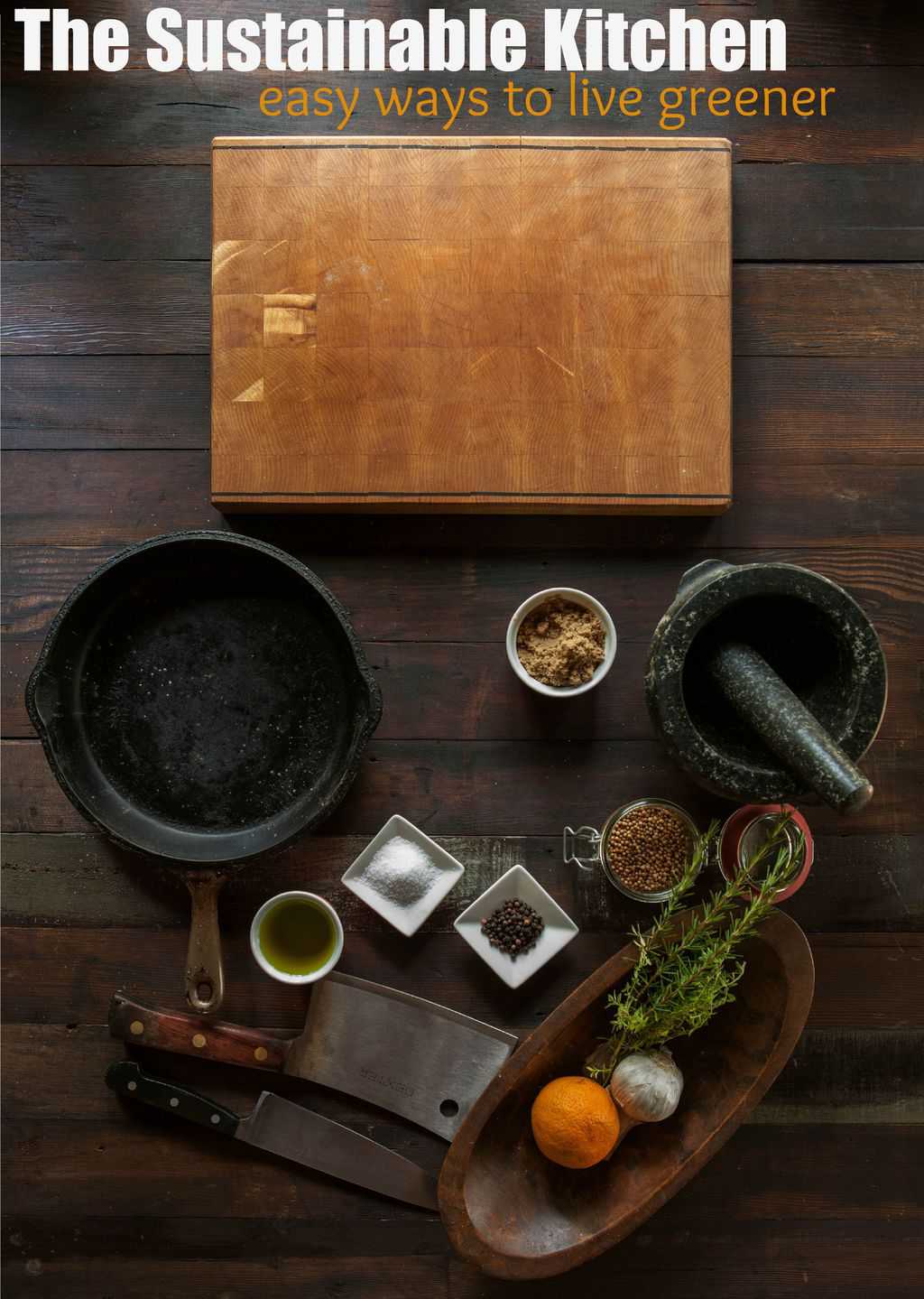


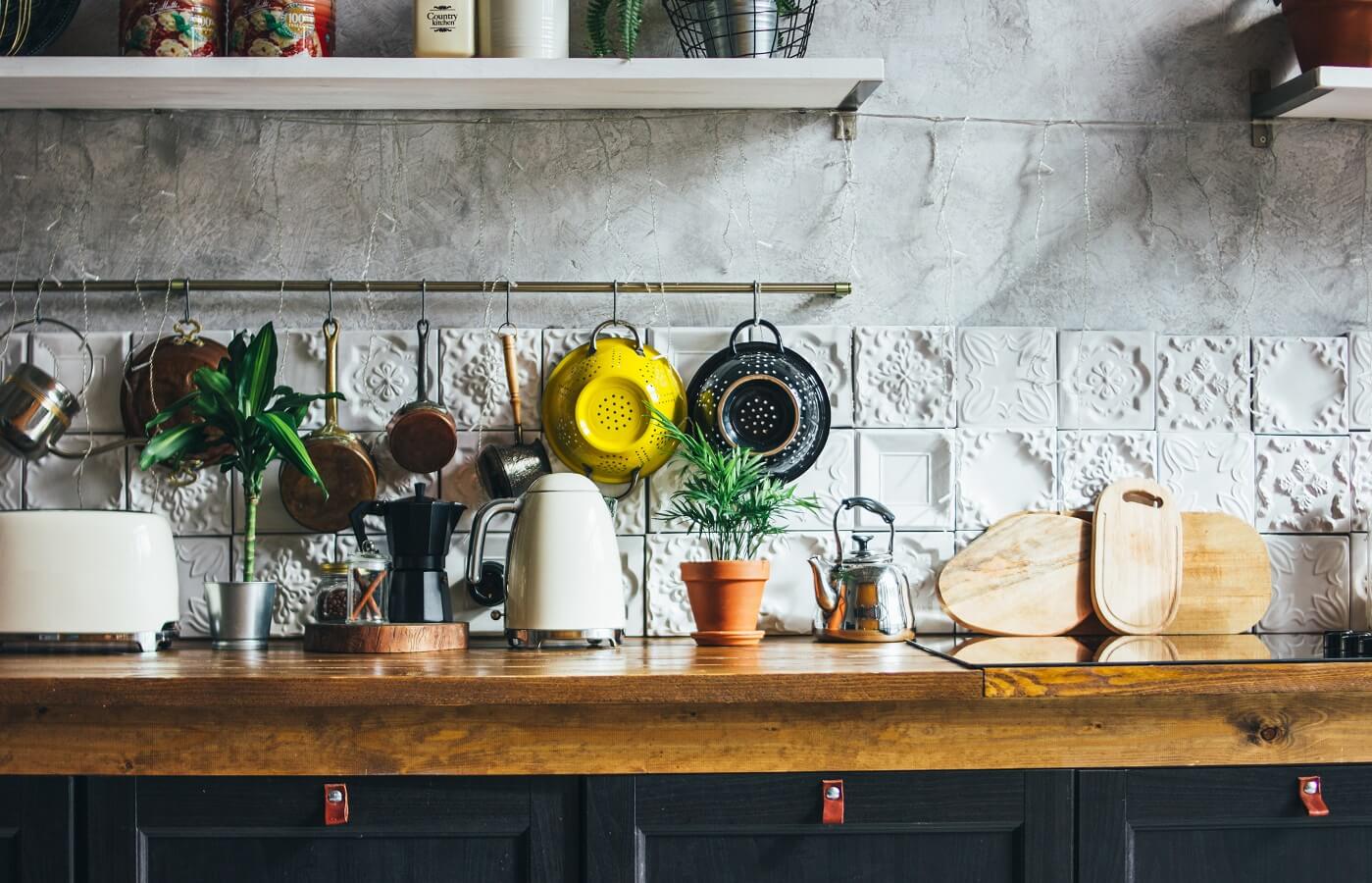




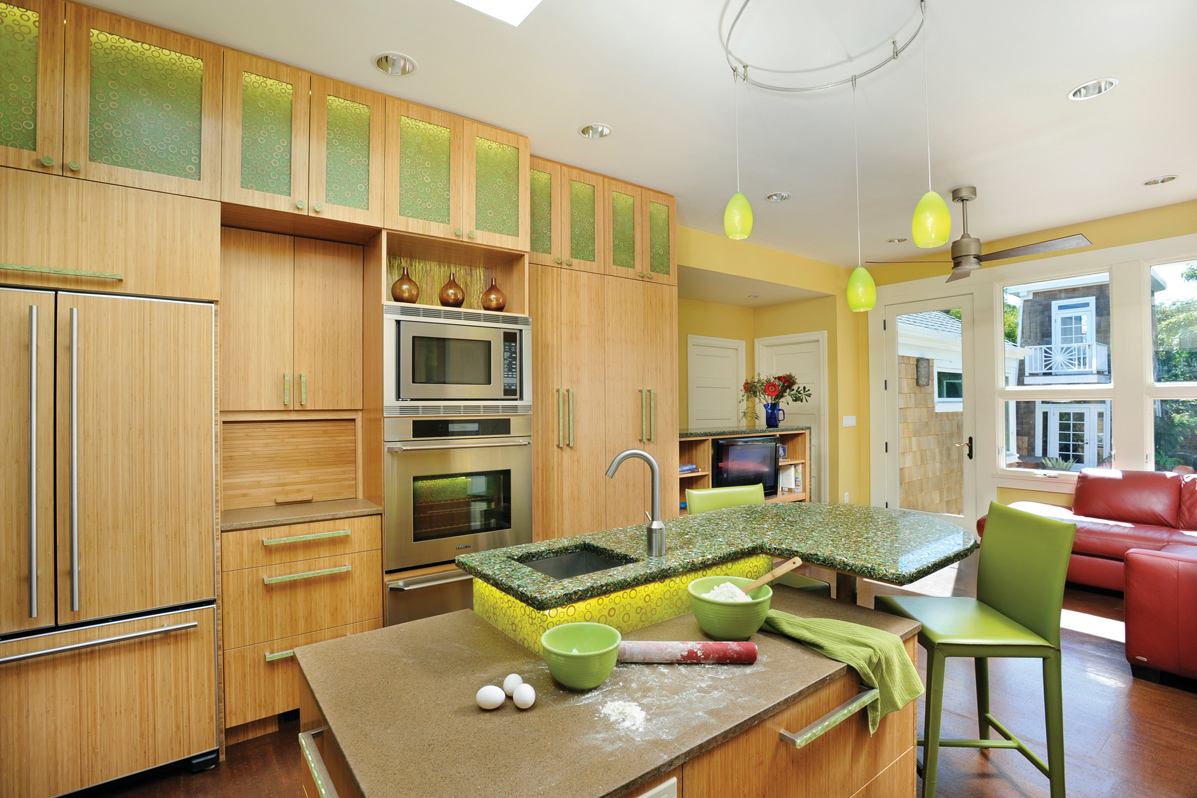




































:max_bytes(150000):strip_icc()/exciting-small-kitchen-ideas-1821197-hero-d00f516e2fbb4dcabb076ee9685e877a.jpg)


